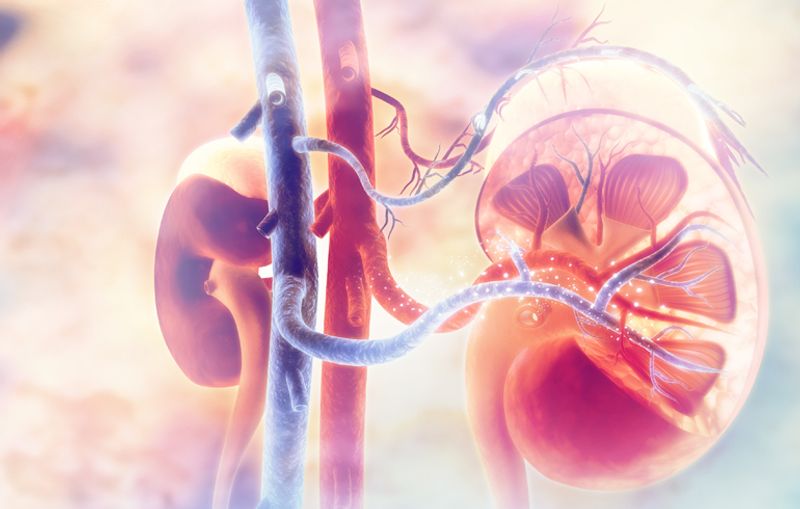Study: Community-acquired AKI linked with adverse outcomes 6 months after diagnosis
Key takeaways:
- Of all AKI encounters, 10.4% of patients had any stage of AKI on ED arrival.
- In 16.6% of cases, patients admitted to the hospital from the emergency unit had community-acquired AKI.
Community-acquired AKI is a common entity associated with serious adverse clinical outcomes during the 6-month period after diagnosis, according to a recently published study.
“The prevalence of community-acquired AKI (CA-AKI) in the [U.S.] and its clinical consequences are not well described,” Michael R. Ehmann MD, MPH, MS, of the departments of emergency medicine and anesthesiology and critical care medicine at Johns Hopkins School of Medicine in Baltimore, and colleagues wrote. “Our objective was to describe the epidemiology and clinical outcomes.”

Researchers conducted a multi-site retrospective cohort study of 178,927 encounters by 139,632 adults at five U.S. hospital EDs from 2017 to 2022. CA-AKI was identified using Kidney Disease: Improving Global Outcomes serum creatinine-based criteria. Hospitalization, in-hospital trajectory of AKI severity, dialysis initiation, ICU admission and death were the primary outcomes.
Involving all AKI encounters, 10.4% of patients presented with any stage of AKI on arrival at the ED, according to the findings. Further, of those admitted to the hospital from the emergency unit, 16.6% had CA-AKI and the likelihood of AKI recovery was inversely related to the stage of CA-AKI upon arrival, the researchers noted.
For hospitalized patients, CA-AKI increased the odds of in-hospital dialysis initiation, ICU admission and death. Overall, among all encounters, investigators determined that patients with CA-AKI were more prone to developing new or progressive chronic kidney disease; start dialysis; face subsequent hospitalization, including ICU admission; and death.
“We found that [patients admitted to the] ED with CA-AKI were at increased risk for numerous adverse patient-centered outcomes associated with both impaired quality of life and excess health care expenditures,” Ehmann and colleagues wrote.
